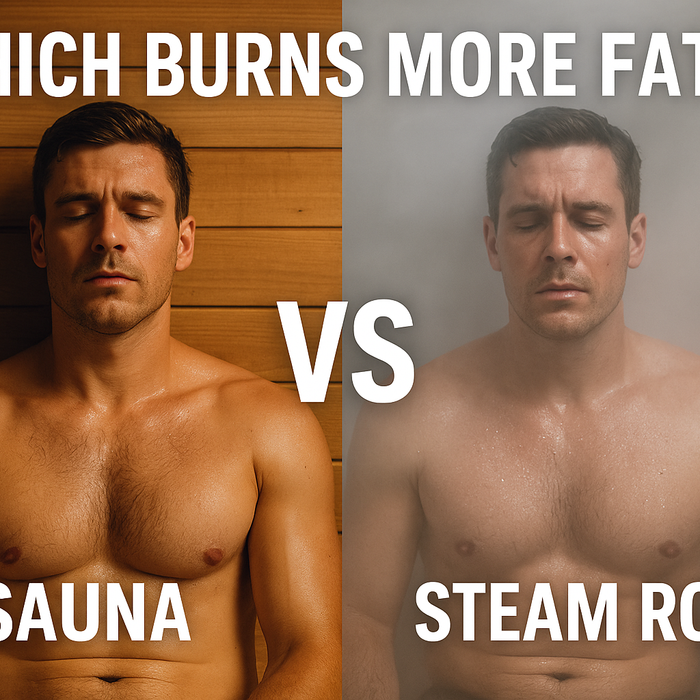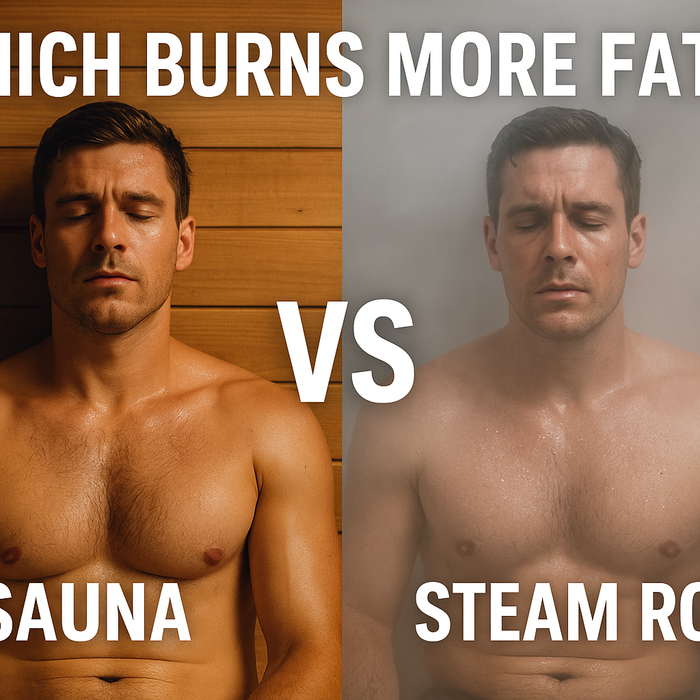Both Japanese onsen and Finnish saunas offer unique heat therapy experiences, each deeply rooted in tradition and wellness. While both practices emphasize relaxation and rejuvenation, they differ in their heating methods, health benefits, and cultural significance.
This guide explores the key differences between Japanese onsens and Finnish saunas, helping you determine which experience best suits your wellness goals.
1. What is a Japanese Onsen?
A Japanese onsen is a naturally heated hot spring bath, often located in geothermal regions. The word “onsen” refers to both the hot spring itself and the bathing facilities built around it.
Key Characteristics of an Onsen
- Naturally heated by volcanic activity
-
Rich in minerals that promote skin health and relaxation
- Outdoor and indoor bath settings
-
Strict bathing etiquette, including washing before entering
Health Benefits of Onsens
-
Mineral absorption supports skin health and circulation
-
Warm water immersion relieves muscle soreness and joint pain
-
Promotes deep relaxation and stress relief
-
Can improve metabolism due to prolonged heat exposure
Onsens are often part of traditional ryokan inns, where guests enjoy multi-course meals and peaceful surroundings.

2. What is a Finnish Sauna?
A Finnish sauna is a high-heat dry sauna that uses a wood-burning or electric stove to heat stones, creating an intense warming effect. Water is often poured over the stones to produce löyly (steam), increasing humidity levels.
Key Characteristics of a Finnish Sauna
-
High temperatures (160°F–200°F) with dry heat
- Wood-burning or electric heater with sauna stones
-
Löyly (steam) enhances humidity when water is poured on stones
-
Alternates between heat and cold exposure (such as cold plunges or showers)
Health Benefits of Finnish Saunas
-
Improves cardiovascular health by increasing circulation
-
Supports detoxification through heavy sweating
- Reduces stress and enhances relaxation
-
Boosts immune function through heat shock protein activation
-
Enhances athletic recovery by reducing muscle soreness
Finnish saunas are often found in homes, wellness centers, and traditional bathhouses in Finland.
🔥 Explore authentic Finnish saunas: Traditional Finnish Saunas

3. Key Differences Between Onsen and Sauna
| Feature |
Japanese Onsen |
Finnish Sauna |
| Heat Source |
Geothermal hot spring |
Wood-burning or electric heater |
| Temperature |
98°F–115°F |
160°F–200°F |
| Humidity Level |
High (fully immersed in water) |
Dry heat with optional steam (löyly) |
| Bathing Ritual |
Must wash before entering |
Sauna sessions are followed by cold exposure |
| Mineral Benefits |
High (varies by location) |
None, unless using salt or herbal infusions |
| Sweating |
Minimal |
Heavy sweating |
| Cold Therapy |
Rare, unless paired with cold river or bath |
Essential part of the sauna experience |
4. Which is Better for You?
Choose an Onsen If:
- You prefer warm water immersion over dry heat.
- You want mineral-rich water for skin and joint health.
- You enjoy peaceful, spa-like environments.
Choose a Finnish Sauna If:
- You want intense heat exposure for deeper sweating.
- You like contrast therapy, alternating between heat and cold.
- You’re looking for an easy-to-install wellness practice at home.
5. Bringing the Experience Home
While onsens require natural hot springs, Finnish saunas can be installed in homes, backyards, or wellness centers, making them more accessible for personal use.
If you’re interested in adding a traditional Finnish sauna to your home, explore:
Traditional Finnish Saunas

Final Thoughts
Japanese onsens and Finnish saunas both offer unique wellness benefits, but they differ significantly in heat exposure, sweating intensity, and overall experience.
For those seeking a natural hot spring bath with mineral benefits, an onsen is the ideal choice. However, if you want high-heat exposure, contrast therapy, and detoxification benefits, a Finnish sauna is the better option—and one that you can enjoy from the comfort of your own home.








Leave a comment